How To Safely Pet Your Cat & Which Areas To Avoid
13.05.2022.
If you have a soft spot for cats, you'll probably enjoy petting them. Many cats enjoy being petted and will go out of their way to find it. Some people will not allow themselves to be touched at all by others. Petting is generally tolerated by cats as long as it is done at their request. Petting a cat can be an enjoyable or a frustrating experience, depending on the cat involved. Your relationship with a cat is a significant factor in determining whether or not they are eager to be petted. Here's what you should know about petting your cat, safe petting areas, and signs your cat is not in the mood for affection.
Why do cats love to be petted?
Cats love being petted by humans for a variety of reasons. Scents and pheromones can be transmitted between cats by rubbing, nuzzling, or grooming. When communicating with humans, they may exhibit some of the same behaviors. These are common expressions of affection and love. Petting a cat sends a message of love to the feline.
RELATED: Why Do Cats Love Boxes? 7 Possible Reasons
Grooming and nuzzling are two methods mothers use to care for their kittens. The love hormone oxytocin is released because of these actions. In both humans and cats, oxytocin levels rise when they are bonded and affectionate towards each other.
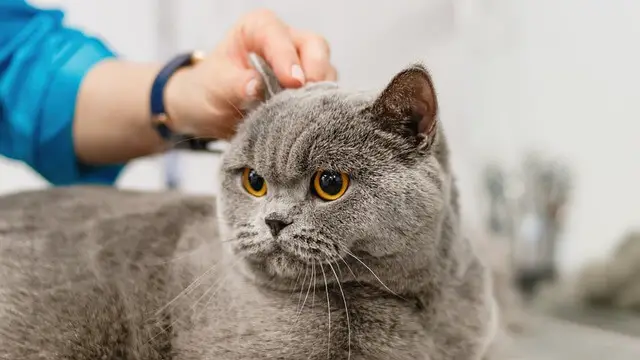
Petting a cat is a pleasurable experience for most of us. Some cats don't want to be petted because petting makes them uncomfortable or feeling strange. Cats may dislike being pet, and that is something their owners need to adapt to. Fear, pain, or a lack of socialization may also play a role.
In general, cats prefer to be petted by people they know and trust rather than strangers.
Petting a cat the right way
It may seem obvious, but before you begin petting a cat, you should take a moment to assess the situation and see if it is safe to do so. When petting a cat, it's best to go slow and observe the cat's reaction.
RELATED: 7 Most Common Cat Noises and Their Meaning
- You should always check with the owner before petting another person's cat. It is common for cats to be wary of new people or situations, which can manifest as fear or aggression.
- Ask the cat's owner if there are any areas of the cat that are particularly sensitive or painful. Ask if the cat prefers to be petted in a particular way.
- To begin with, allow cats to come up to you. It's possible you'll miss an opportunity to earn the cat's trust if you chase him.
- Maintain a safe distance from the cat's face while holding out your hand.
- Allow cats to "explore" you by sniffing your hand. The cat may paw at your hand or leg.
- Start by touching the cat on the cheeks.
- You can follow the cat's lead. They may exert more pressure on you and even direct your hand to other parts of their body. They may also turn your hand away from them.
- If you hear a high-pitched meow, hiss, or growl from the cat, don't continue petting them.
RELATED: 5 Fun Facts About Tortoiseshell Cats
In the beginning, it is probably wise to try petting the cat in different places. Generally speaking, these areas are safe to pet:
- Face sides
- Neck
- Top of the cat's head
- Chin area
- Sides of the body
- Shoulders
- Along the back towards the tail
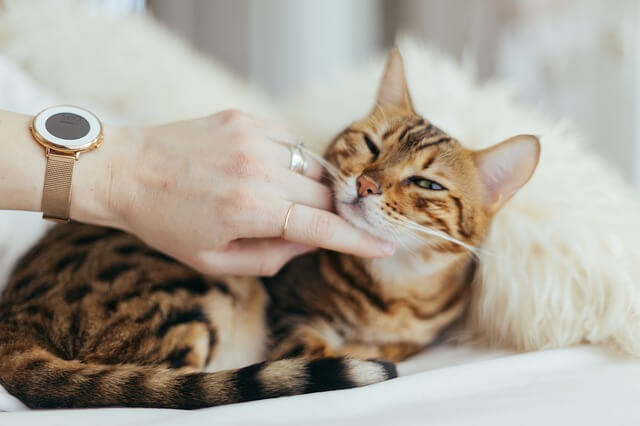
Purr, knead, and drool are all signs your cat enjoys petting. A cat can feel good one moment and vulnerable or overstimulated the next. When being petted, some cats will suddenly meow, hiss, growl, scratch, or bite. The term "petting-induced aggression" describes this phenomenon.
RELATED: Why do Cats Knead? What Does Kneading Mean?
A cat can roll over and expose its belly if it feels affectionate. When a cat is purring, it's probably a sign of content. Touching its tummy isn't usually the best idea. Although some cats enjoy having their bellies rubbed, some do not tolerate it. Even if it is your own cat, you should exercise caution when petting them.
Having long fingernails can be a plus for some cat owners because their cats will love the gentle scratching. Again, take your time and observe the cat's reaction before attempting this action.
Areas to avoid
The anus and the genitals are areas that should be avoided when petting cats. Cats hate it, and it could lead to a bite. Even if your cat shows you their rear end, avoid petting these areas.
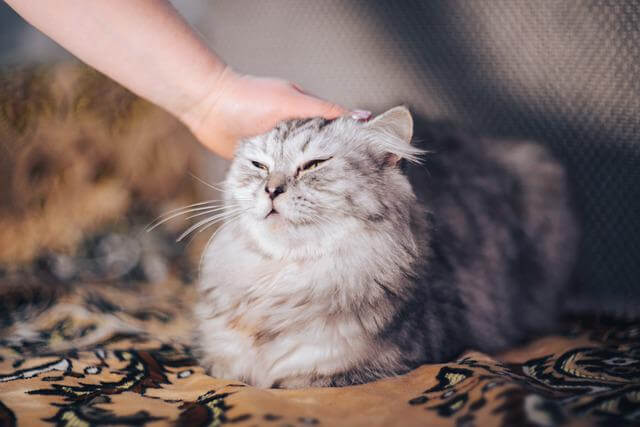
RELATED: What Is Splooting And Why Do Cats Do It
Cats have different preferences, but some areas should be left alone. Although there are always exceptions, the following areas are generally off-limits:
- Belly
- Legs and feet
- Thighs
- The underside of the tail
Do not pick up or hug cats unless you know they enjoy it. This should typically be done only by people cats are very close to. You may discover that your cat likes things that other cats don't like. This is pretty common. Don't make the assumption that other cats feel the same way yours does.
RELATED: 5 Tips On How To Bathe A Cat Safely
Signs cat is not in the mood for petting
Cats communicate with their owners in a variety of ways. If you know what to look for, you may be able to tell when a cat has had enough. You should not attempt to force your cat if it exhibits any of the following reactions:
- Arched back
- Shifting from you
- Flat ears
- Squinting eyes
- Tail in a high position, rigid, or swishing
- Hissing, high-pitched meowing, crying, and growling
- Running away
- Hiding
It is wise to leave your cat alone if you notice any of the behaviors we described. As soon as things settle down a bit, the cat might approach you and ask for some affection.
World Cat Finder Team

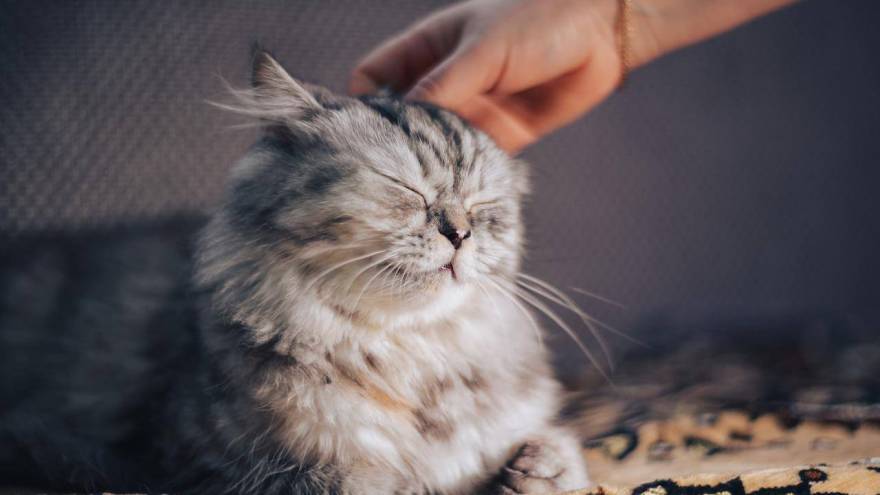
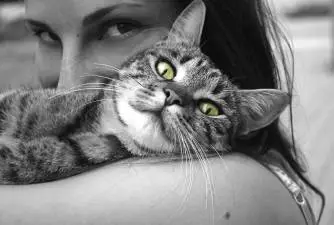
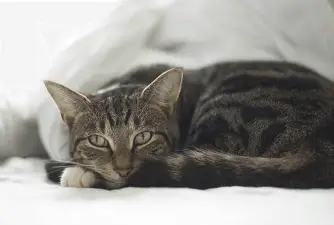



Share